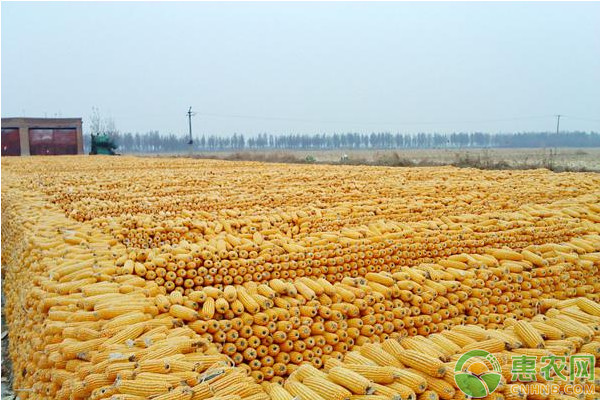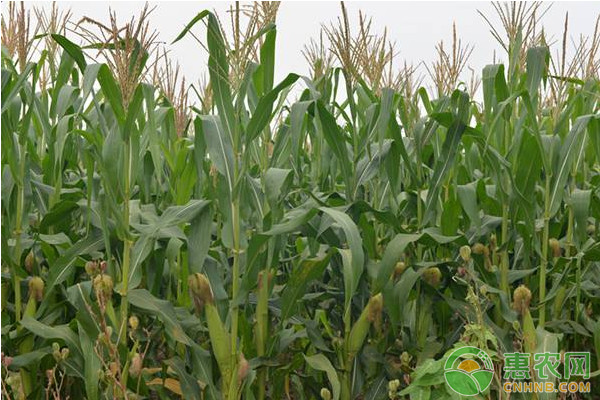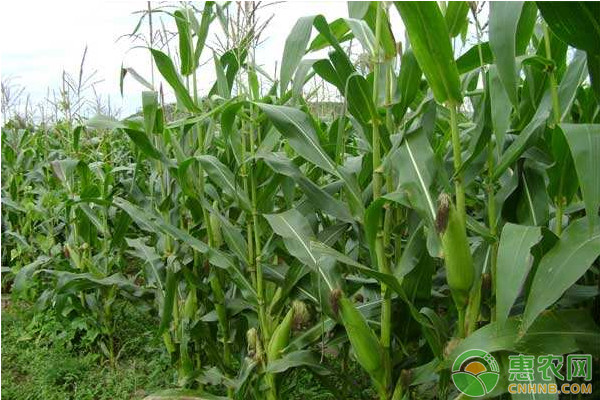Speaking of corn "wandering whips", there may be many people who don't know what it is. In fact, corn "wandering whip" means that the corn heart wraps together with a whip shape, and when it is severe, it hangs down on one side, often occurring in 6~ There are many reasons for this symptom in corn in July, the main reasons are as follows: 1 large temperature difference between day and night During the day, the temperature is high and dry, and the temperature is lower than 10 °C. At the heading stage of corn, the corn has a stress-resistant emergency response. The heart leaves are curled and the stamens are wrapped inside, which is whip-like to avoid cold damage. 2 phytotoxicity Excessive application of pesticides or herbicides in corn fields, or improper spraying methods, can cause the phenomenon of “wandering†in the corn leaf curl. 3 pests There are three types of corn heartbee wounds: the first one is the Swedish fly fly hazard. In recent years, the damage has increased year by year, and the worms are small. After the larva hatching, the larvae are drilled into the heart leaf from the heart leaf joints, so that the heart leaves are The tip of the leaf is damaged and is secreted by the mucus secreted by it. It cannot be unfolded, but the lower leaves continue to grow, so that the leaves are wrapped together to form a "taro" and the "whip" is hung down on one side. The corn seedling suffers earlier and hurts the heart. The leaves grow up to form a "bone heart seedling"; If the damage is late, the larva only harms the edge of the heart leaf. If it does not form a "dry heart seedling", it does not have much influence on the growth of the corn. The second type is the damage of corn thrips. The adult eggs are eaten in the heart leaf, leaf sheath and leaf end of the leaf. The early corn seedlings can not be stretched and twisted normally. When the damage is serious, the heart leaves curl into a whip. The blade cannot be pulled out normally. The third type is the damage of the rice leaf roller, and the newly hatched larva first climbs into the heart leaf or the young leaf to eat the mesophyll. After 2 to 3 years old, the leaf roll is hidden in a tube shape for food. 4 diseases Mainly due to the hazard of top rot, the top rot can occur from the corn seedling stage to the adult stage. The outermost leaf base of the heart leaf tightly wraps the inner heart leaf, making it unable to unfold and whip-like, leaf deformity, wrinkle Shrinking or twisting, decaying at the base of the heart leaf, with or without odor in the decaying part. 5 Prevention and treatment measures 5.1 Select drought-resistant, low-temperature, pest-resistant corn varieties. 5.2 When the corn is planted, the drought-resistant agent is applied, and the dry land is timely watered and fertilized, and the field of the phytotoxicity is sprayed with the brassinolide to add the foliar fertilizer to promote the growth of the corn leaf. 5.3 Combine the seedlings and the seedlings, and manually break open or divide the "whip" and "tubular" corn seedling leaves. 5.4 In the case of low temperature weather, use straw or corn stover to produce smoke at intervals in the field to resist low temperature chilling. 5.5 Trichogramma was used to control the rice leaf roller, and the Trichogramma was released twice from the middle of 6 to the beginning of July. The interval was 7 days, and 10,000 eggs were released per acre. 5.6 Chemical control: 1 Coating and seed dressing of corn seeds with a systemic insecticide to prevent significant insect damage in the corn seedling stage. 2 Within a week after the emergence of the corn, it is evenly sprayed with 45% beta-cypermethrin emulsifiable concentrate 1000 times in time to prevent pests such as rice leaf roller, thrips, and swift flies. 3 For the plots where pests occur, spray with 20% long-acting broad-spectrum insecticide Kang wide suspension agent 1000 times solution; 4 The prevention and control of top rot is evenly sprayed with 50% carbendazim WP 500 times or 70% methyl thiophanate 600 times. The above is the reason for the emergence of corn whipping whip and its prevention and treatment methods. Every grain grower can come to Huinong.com to study hard! The Omicron Test reagent kit is used for in vitroqualitative detecting theORF1ab/N/S genes of novel coronavirus 2019-nCoV in respiratory specimens including oropharyngeal swabs, nasopharyngeal swab, sputum and bronchoalveolar lavage fluid, and performing mutation typing on HV69-70 del simultaneously. Omicron test kit,Omicron test reagent,Omicron PCR kit,Omicron PCR test kit,Omicron PCR test reagent kit Shenzhen Uni-medica Technology Co.,Ltd , https://www.unimedicadevice.com

